By the winter of 1945, millions of American military personnel were on the move. The logistics planners behind Operation Magic Carpet, the largest combined air and sealift ever organized, worked tirelessly to bring the more than eight million men and women from every service branch, scattered across 55 theaters of war and spanning four continents, “Home Alive By ‘45.” Home was not only on the minds of millions of Americans in uniforms in 1945; it was also on the minds of between 60,000 to 70,000 women wed by American servicemen during and immediately after World War II who hoped to leave their old homes behind and rejoin their husbands for a new life in the United States. However, for these “War Brides,” restrictive American immigration policies posed a major challenge.
For WWII “War Brides” and their dependents, the greatest hurdle for legal entry into the United States was the quota system, the National Origins Formula, established by the Immigration Act of 1924. The Immigration Act of 1924 all but cut off entry for many hopeful migrants from Europe and all would-be immigrants from Asia. For two decades, the 1924 Act had slowed immigration to a trickle with all Asians, other than Filipinos, barred and strict quotas set for specific countries based on two percent of the US population made up by that country as represented in the 1890 census. The 1924 Act was only one of many such pieces of legislation, dating back to the Chinese Exclusion Act of 1882, which offered a racially-construed solution to preserve both the ideal of American homogeneity and to bar so-called “undesirable elements.” Nevertheless, for military and political leaders in Washington DC, by 1945, the pressure to bring America’s fighting men home was immense. GIs also increased their demands to bring over their new wives and sweethearts, many hailing from countries proscribed by the 1924 Act.
"American Boy Meets British Girl- Love and Romance on the Home Front, Bournemouth, England, 1941 A head and shoulders portrait of the smiling happy couple. Robert Ames and Norah McMullen have just met and are clearly very happy together." Courtesy of the Imperial War Museums.
The initial blows against these restrictions had been first struck in December 1943 with the passage of the Magnuson Act, which, for the first time in 60 years, allowed a small number of Chinese immigrants’ legal entry into the United States in recognition of China’s fight against the Japanese. However, it was not until two years later that the US leadership fully bowed to the insurmountable volume of American public opinion and established a pathway forward for GI brides and sweethearts. Formally passed as “59 Stat. 659,” but more widely known as “The War Brides Act.,” this legislation, enacted on December 28, 1945, aimed “To expedite the admission to the United States of alien spouses and alien minor children of citizen members of the United States armed forces.” Through this act, “War Brides” and their dependents were exempted from the quota systems of the Immigration Act of 1924 and granted free passage to journey to their new homes. “The War Brides Act” was bolstered by the subsequent Alien Fiancées and Fiancés Act of 1946 and 1947 while the restrictions of the Immigration Act of 1924 were further weakened by the Immigration and Nationality Act of 1952. The Immigration Act of 1924 was finally replaced with the Immigration and Nationality Act of 1965, which eliminated the National Origins Formula altogether.
Similar to the planners of Operation Magic Carpet’s inability to keep their promises of returning all American service personnel home by the end of 1945, due to the logistics and distances involved, many “War Brides” and their families languished months and sometimes even years before coming to America. Given the United Kingdom’s special relationship with the United States, and the sheer number of Americans who were stationed there during the war, it is unsurprising that the first group of “War Brides” to arrive in the United States hailed from that country. Four hundred fifty-two British women, 173 children, and one bridegroom left Southampton in the south of England on January 26, 1946, and arrived in the United States on February 4, 1946. This group, like most “War Brides,” traveled to the United States by ship. This first group traveled aboard the SS Argentina, an ocean-liner converted troop transport. All told, nearly 300,000 women and dependents made their way to the United States before the expiration of the “War Brides” and similar acts in December 1948.
The “War Brides Act” had large intended and unintended consequences in the immediate, short, and long-term. Obviously, the 1945 Act helped welcome many new Americans to their new homes in the United States, however, in exempting “War Brides” from the National Origin Formula quota system, women and children from China, Korea, Japan, and the Indian subcontinent were able to legally immigrate to the United States in large numbers for the first time. In challenging the racial quota system of immigration, “War Brides” from Asia, Central and South America, North Africa, and the Middle East successfully helped to challenge local and state miscegenation laws such as in the 1948 California Supreme Court Case, Perez v. Sharp, nearly 20 years before Loving v. Virginia. The provisions of the “War Brides Act” also made exemptions for displaced or orphaned children adopted by American servicemen to be granted free passage to their new homes. Although the “War Brides Act” expired in 1948, its precedents helped guide American policy through later conflicts of the twentieth century and to the modern day.
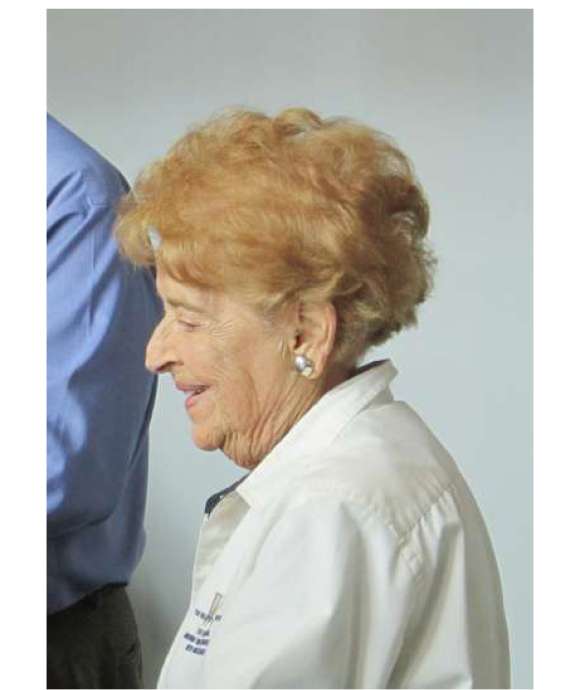
Remembering Pearl Jacobs Daube, War Bride
The Museum looks back and remembers volunteer Pearl Jacobs Daube (1924-2013), WWII war bride and National WWII Museum volunteer from 2006-2013.
This article is part of a series commemorating the 75th anniversary of the end of World War II made possible by the Department of Defense.
Collin Makamson
Collin Makamson is the former Assistant Director of Education for Curriculum at The National WWII Museum.
Cite this article:
MLA Citation:
APA Citation:
Chicago Style Citation:
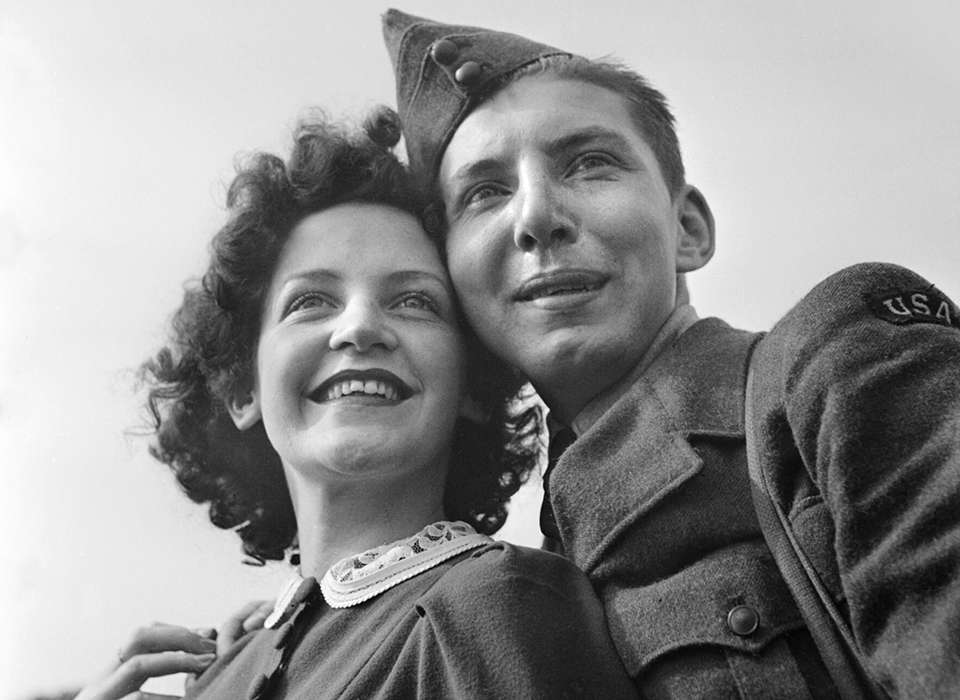

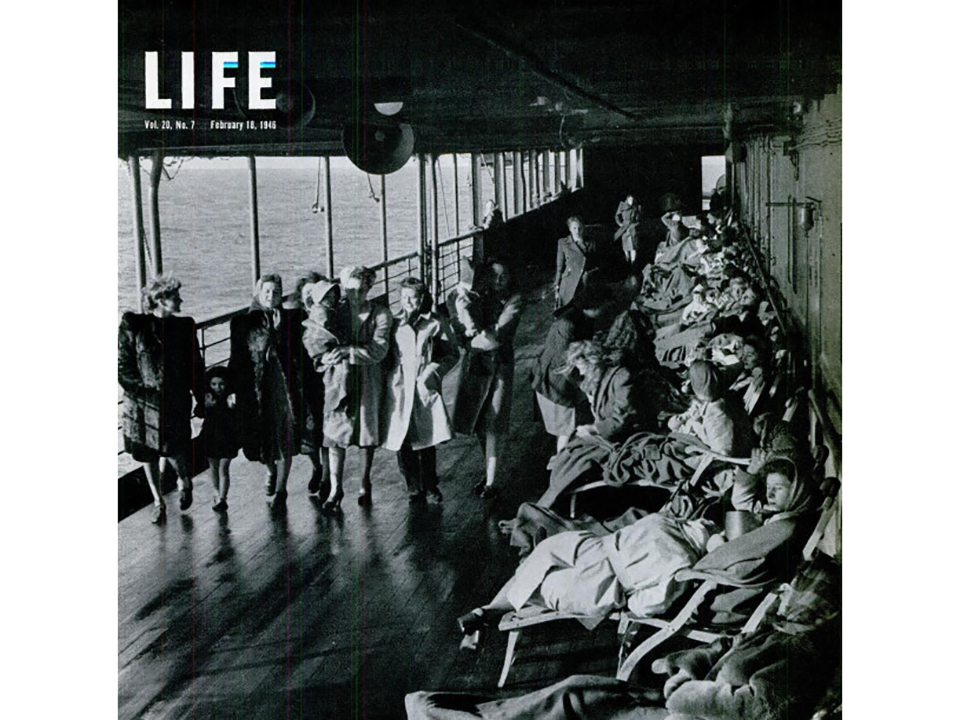
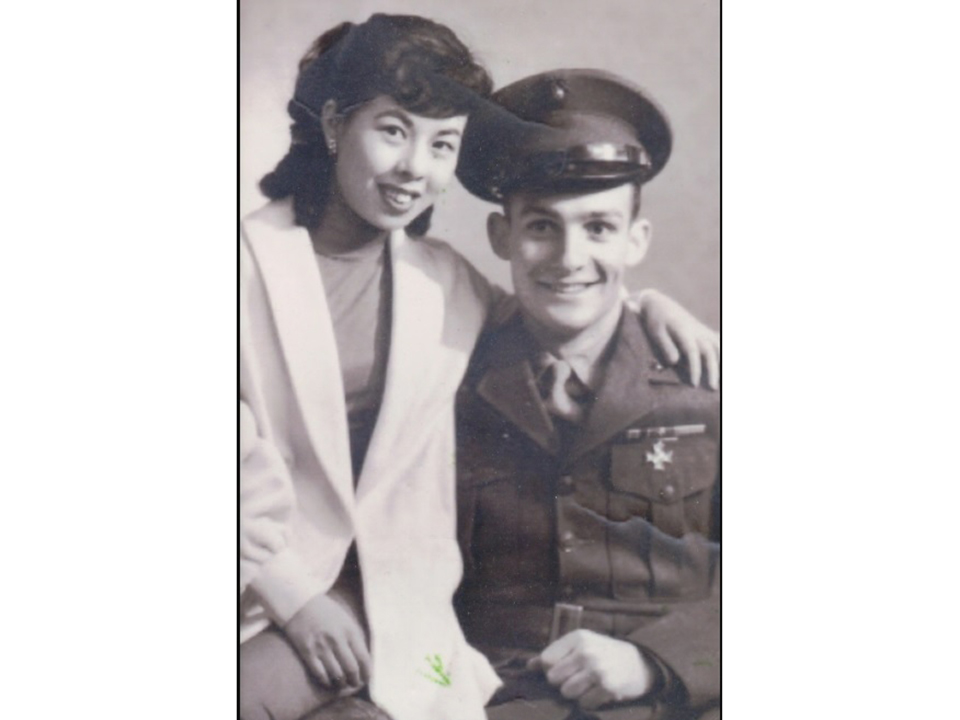
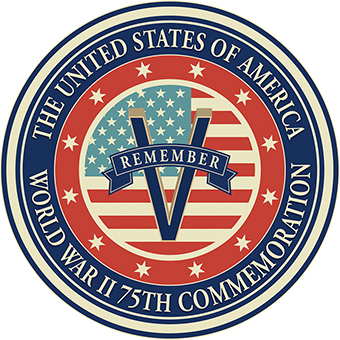
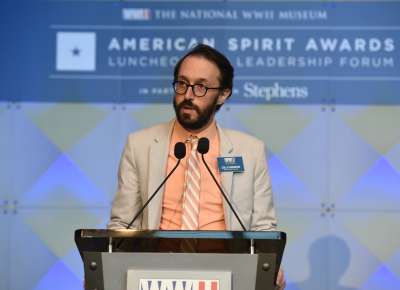






![Max Fuchs, New York City cantor, sings as Rabbi Sydney [sic] Lefkowitz, Richmond, VA, conducts the first Jewish services from Germany.](/sites/default/files/styles/max_650x650/public/2025-10/image1.jpg)
